Note: This part one of a two-part blog post by guest author Julie DiMaio
I can’t begin to describe the sense of responsibility I feel being “THE science teacher” at my school.
Mind you, this is not an official title, more an acknowledgment of a passion and interest so deep that it is part of me just as much as my blue eyes and bad knees are. Students and teachers alike know that they can come to me with the latest insect found in the schoolyard, a question about a natural phenomenon, or seeking help about how to approach a science lesson. If I don’t know the answer, I enjoy researching it with them.
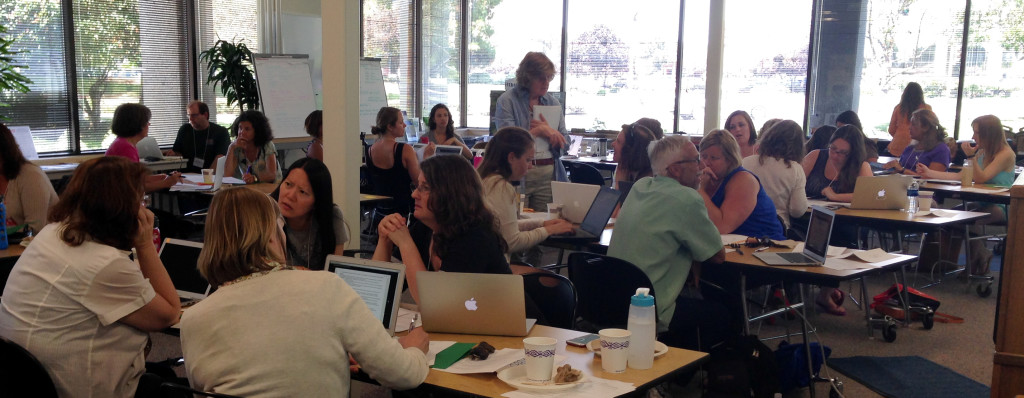
It was an effort to live up to this reputation that brought me to the San Mateo Environmental Learning Collaborative (SMELC) last summer. I am always looking to expand my understanding of science in general and the Next Generation Science Standards (NGSS) specifically so that I can design better learning experiences for my students. You see, up until my junior year of high school I had wanted to be a marine biologist. However, a teacher too close to retirement failed to provide engaging lessons in Chemistry. Although I got an A in the course, I had lost my love of science. I eventually got it back, but not in time to make a career of it. As a matter of fact, I have not taken a formal science course since my freshman year of college. I am determined to have the opposite effect on my students: I want science to have a life-long hold of them. They don’t have to have careers in science, but I want them to understand and appreciate the science around them.
When I saw the announcement about SMELC, I immediately talked with my administrator about putting together a team. She was not available to attend, so I tagged along with teachers from other schools in my district and partnered with my good friend Debi Knecht, who is the English Language Development Coordinator for the district. I was very excited to get to work creating a new unit. It helped that she thinks and works like I do.
The first day at SMELC was exciting and exhilarating.
I love being in a room with other educators sharing what we’ve tried, what works, what we are looking forward to, etc. There was a lot of information to learn, but most of us were in the same boat when it came to the “alphabet soup” of NGSS. Although it still feels like another language, most of us started to be able to talk about the DCIs, CCCs, SEPs, and EP&Cs with some confidence. It really helped having nonformal providers in the room who themselves had been through intensive training on the NGSS and EP&Cs with Jerry Lieberman. I was already familiar with some of the providers, having taken field trips there with my students or my own children through the years. However, the Institute was the beginning of a whole new relationship built from a common foundation and moving towards a common goal.
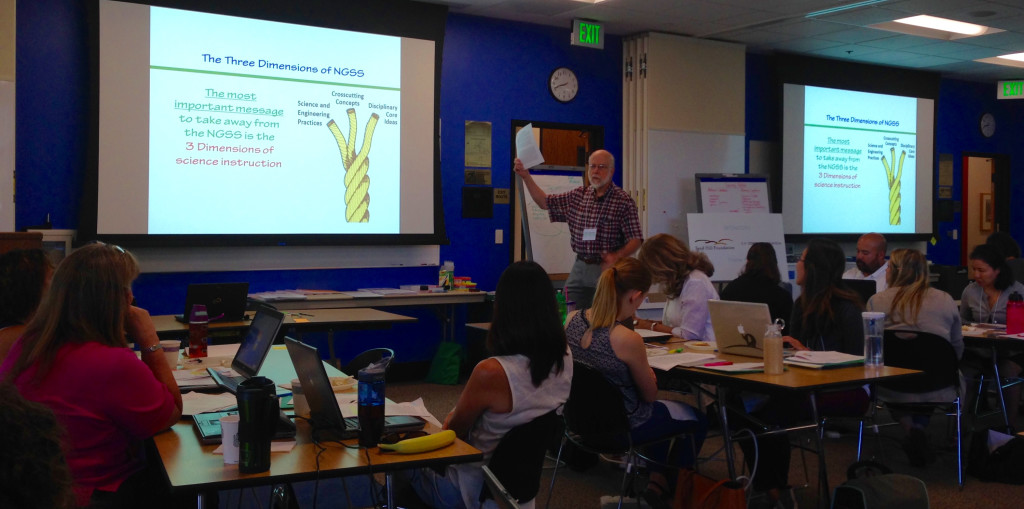
The three days of the Institute were spent familiarizing us with the acronyms of NGSS, the resources available through the nonformal providers, and having rich conversations about how they could be woven together into a unit of study. There was a fair amount of hands-on experience, too, so that we would come to know not just the “what” of science that had shifted but the “how” of science instruction that was now a part of NGSS.
The connections started coming so fast that I don’t really remember how they happened. For example, Jerry led us through an exercise where we looked for natural and human systems outside our meeting room at the San Mateo County Office of Education’s STEM Center. I had been there many times, but this is the first time I really looked at things. I noticed jellyfish in the man-made lagoon. This got me thinking about what natural phenomenon might exist around my school. That is when I remembered the frogs! Before the drought, there were always little frogs hopping all over the playground and finding their way into our classrooms. Could I make a unit about the frogs? Despite my early love of marine science, I didn’t love any of my current life science units. Seemed like a good opportunity for improvement.
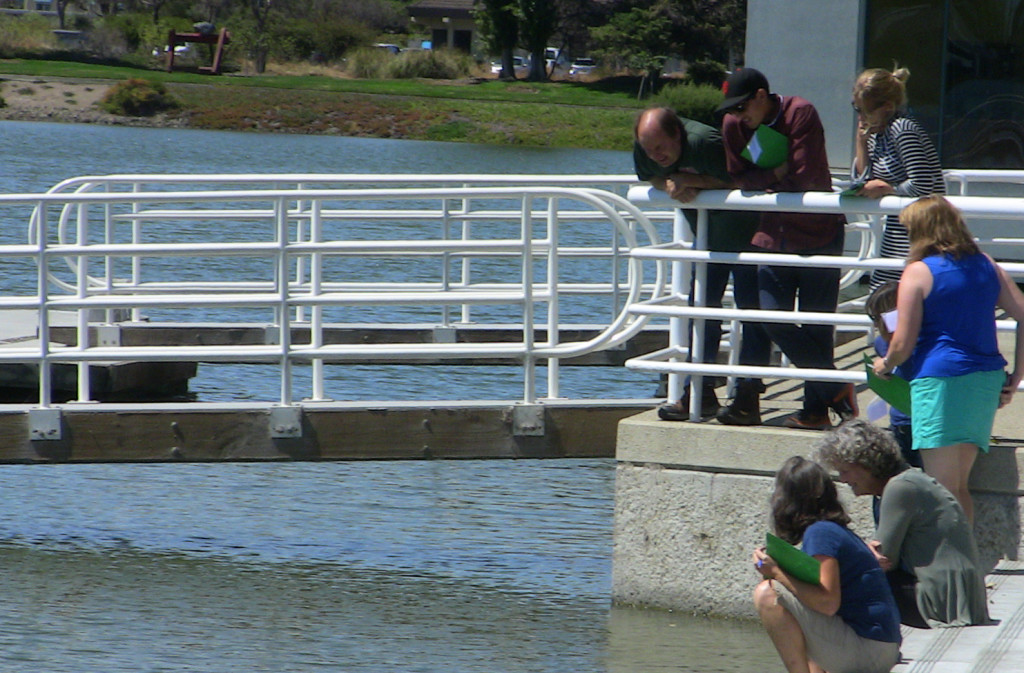
Connections started coming fast.
Debi and I spoke with the providers in the room to see who would be a good match for what we started calling the Frog Unit. There were so many good ideas, but my school doesn’t have a lot of money for field trips so that eliminated some right away. Even though many of these providers could help with grants, I didn’t feel I would have time to pursue those in the time I had before starting the unit. I had a fixed start date as I planned to participate in the annual Coastal Cleanup Day on September 18. Instead, many of the nonformal providers were happy to help with the background information, including finding and explaining web-based resources. For example, Carlie from the Marine Science Institute showed me an extraordinary map site that showed changes in the area over time. I would be able to show my students that our school is on former marshland that disappeared when the airport was built. No wonder we have frogs. They were here first.
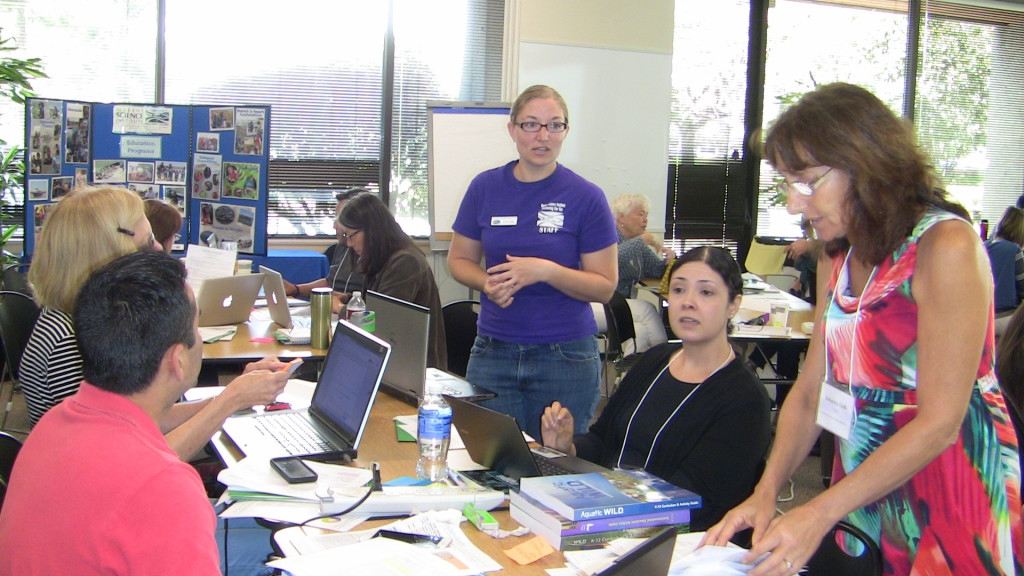
Once Jerry told us that the Education and Environment Initiative (EEI) units had been written for the old science standards and encouraged us to use materials from other grades if they met our purpose, we started searching through the EEI materials using a conversion guide to narrow the options. We found a third grade unit that had a great story about the Sweetwater Marsh in Chula Vista that we thought would build good background knowledge and vocabulary. Then we started connecting dots.
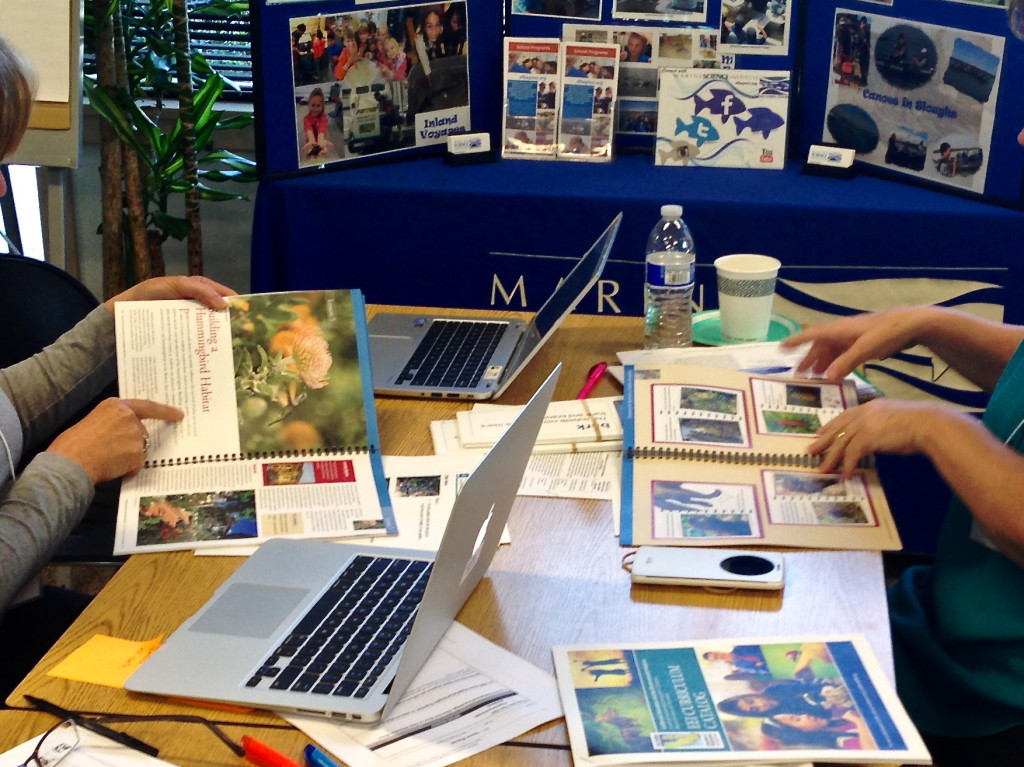
Another “aha” moment came after we read an article about the San Dieguito Wetlands Restoration Project. This got me thinking about an article I had seen about the San Francisco International Airport being required to do habitat restoration around the airport in order to protect the endangered San Francisco Garter Snake and the endangered California Red-legged Frog. My school is adjacent to the airport property, the BART and Cal Train tracks, and the 101 Freeway. I set out to find out what these entities had done to restore the area and the results. During an Internet search, I was able to locate the SFO Wildlife Biologist. I sent off an email asking if she would be able to help with this unit. It would be a few days until I heard back, so we continued to work on the other lessons, however the unit depended on the biologist agreeing to participate.
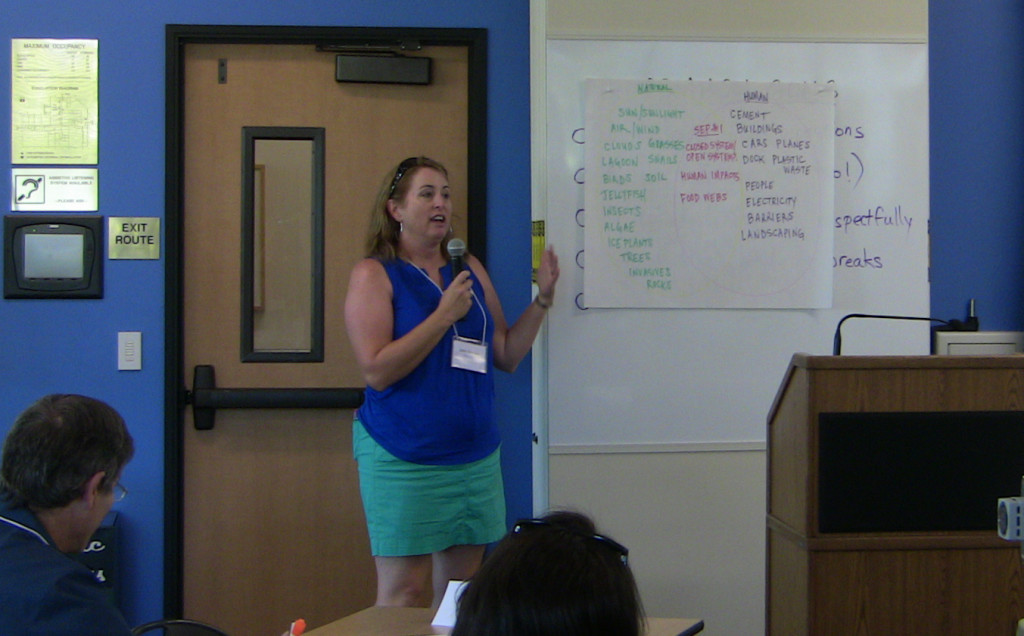
This is a two-part guest blog post—read part 2 to see the results of Julie’s unit and the impact on her students!

6 Responses
Great presentation. San Dieguito wetlands are nearby. Come for a visit.
Wow! You write incredibly well! What an inspiring story of the progression of your passion for teaching Science!
Nice blog, Julie! What amazing work you are completing with your students.
There should be more dedicated teachers like this. Her students are very fortunate.
Wow!! Very impressive blog, Julie! You’re amazing.
What a thoughtful piece. It’s great to see that you are so excited about teaching science in such an engaging way. I’m so glad you found SMELC. Thanks for spreading the word about the benefits of using the environment as context for teaching science!